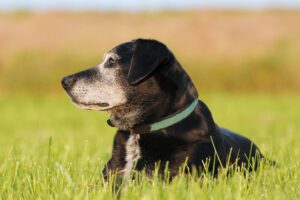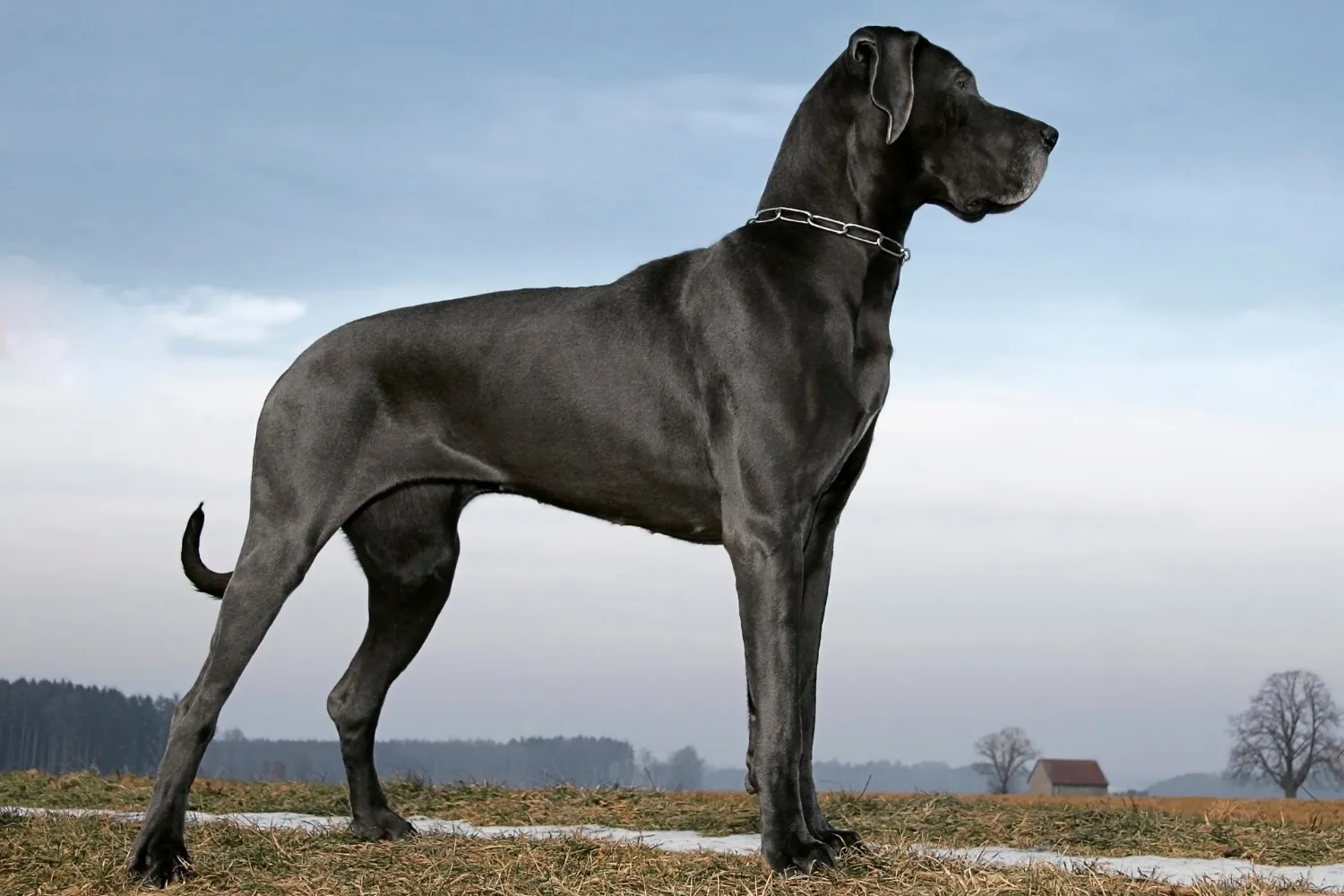
BOGO: buy a box of Longevity15 and get Yummy Combs free!
Shop now and get the BOGO deal today!
Joseph Roetheli, PhD

Highlights:
The only scary thing about a Great Dane is their sheer size. These dogs are known for being loyal, easy-going, and loving, earning them the nickname “gentle giant.” While they may be some of the largest dogs in the world, they have some of the shortest lifespans.
We’ll talk about the expected lifespan of Great Danes and factors that affect it. We’ll also cover steps to take to give your Great Dane the best possible chance of living the longest and healthiest life possible.
Large-breed dogs have shorter lifespans than small-breed dogs. Great Danes are classified as extra-large breeds, and that designation effectively shortens their lifespan even further. Great Danes have a life expectancy of just seven to 10 years. Some may live to be 11 or 12, but those are exceptions, not the rule.
What causes the Great Dane to be so short-lived? Experts believe it is likely due to their size. Extra-large dogs age faster than smaller dogs, and the wear and tear on their bodies happens quickly. Additionally, Great Danes are more vulnerable to certain illnesses.
You may not have more than a decade with your big puppy. Here’s how to make the most of every moment.
Large and extra-large breed dogs remain in puppyhood for up to 18 months. Small and medium-breed dogs are only considered puppies until 12 months of age. In the first year of your Great Dane’s life, expect them to put on the pounds.
They can gain up to 100 pounds in their first year of life. During this time, proper nutrition is really important. Too much calcium can lead to joint problems. Your dog’s veterinarian is a good resource for helping you choose the right food for them.
Your Great Dane’s adult life is the sweet spot where they will likely be the healthiest and most energetic. Most Great Danes won’t experience health issues during this time, provided they are well-cared for.
Give your dog plenty of exercise, routine veterinary care, and high-quality food to ensure they are thriving. It’s also important to give them mental stimulation with games, toys, or trips to the dog park.
It doesn’t seem fair that your dog should be a senior at just six years of age, but because of their short lifespans, Great Danes are considered senior dogs early. It’s during these years that your Great Dane may experience health issues. Screening for them early can ensure your dog gets the treatment they need.
Great Danes suffer from some known health issues due to their breed size and type. These include:
Despite these challenges, your Great Dane can still live a long, fulfilling life. You can take actionable steps to support your dog’s wellness.
You can’t control your dog’s genetics, but you can take steps to ensure that the life they live, even if it is short, is healthy. With the right lifestyle choices, your Great Dane could surprise you by outliving its life expectancy.
These small steps can add up and give your Great Dane the benefit of aging healthfully. Giving your Great Dane Longevity15 is one of the smartest decisions you can make as a pet owner, and the best way to support them from a broad foundation.
The most common cause of death for Great Danes is bloat. This can cause serious harm in a matter of hours. Early signs include a distended abdomen, wrenching, drooling, or abdominal pain.
Bloat, or gastric dilatation-volvulus (GDV), is the number-one killer of Danes. Owners should educate themselves to recognize the signs that bloat could be happening and what to do if so. Signs include a swollen abdomen, failed attempts to vomit, drooling, and whining.
Yes, a Great Dane can weigh 200 pounds. The average adult Great Dane weighs anywhere between 100 and 200 pounds.
Making every moment count with your Great Dane is easy. Give your Great Dane the best opportunity to have more time for more moments by taking excellent care of them and offering Longevity15 with their food. With the right care and love, your Great Dane can love more, move more easily, and live a little longer.
Sources:
Updates, coupons, deals, and more!
Type anything...
We use cookies to provide you the best possible experience on our website. You consent to the usage of cookies by continuing to view our website. See our Privacy Notice for more information.